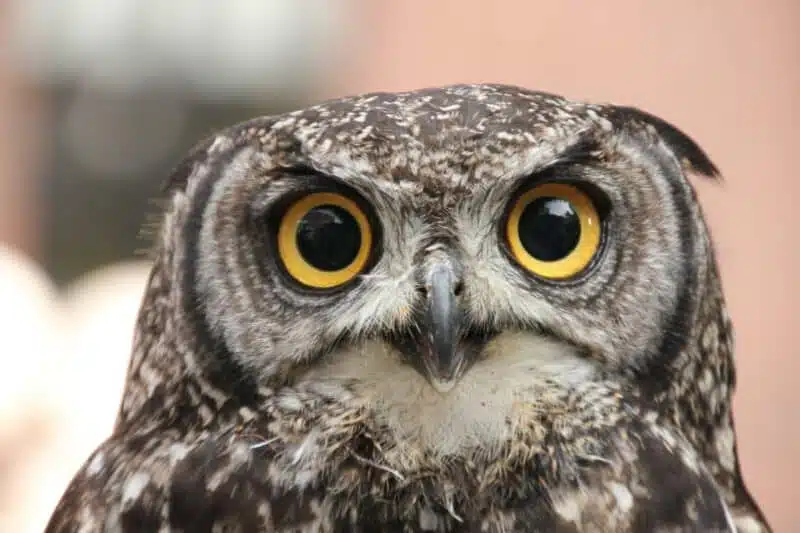Welcome to this list of the 15 Animals on the brink of Extinction in Colorado.
Colorado is famous for its landscape of forests, plains, canyons, plateaus, mountains, deserts, and rivers. Its rich geography graces Colorado with 42 state parks and 300 wildlife areas, all managed by Colorado Parks and Wildlife. These parks house abundant wildlife, from common deer to squirrels, mountain goats, foxes, wolves, and prairie animals.
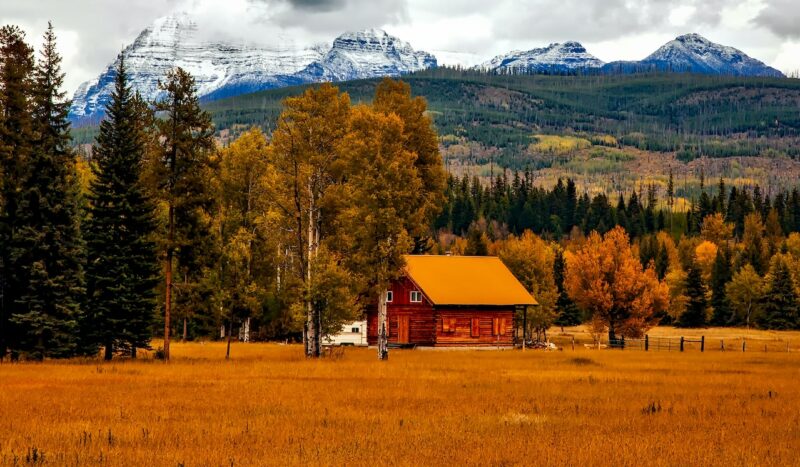
There are also several endangered animals in Colorado. Some of these threatened species are endemic only to Colorado, while some have reduced populations in other parts of America.
Indeed, the lesser-known endangered animals in Colorado deserve a spotlight on them. This is because, for many of these species, active and positive human intervention is their only hope to survive extinction.
These animals are dying at alarming rates, sometimes not because of the purposeful actions of humans but negligence and inaction on issues that affect their continuity.
Burning Issues Affecting Wildlife And Endangered Animals In Colorado
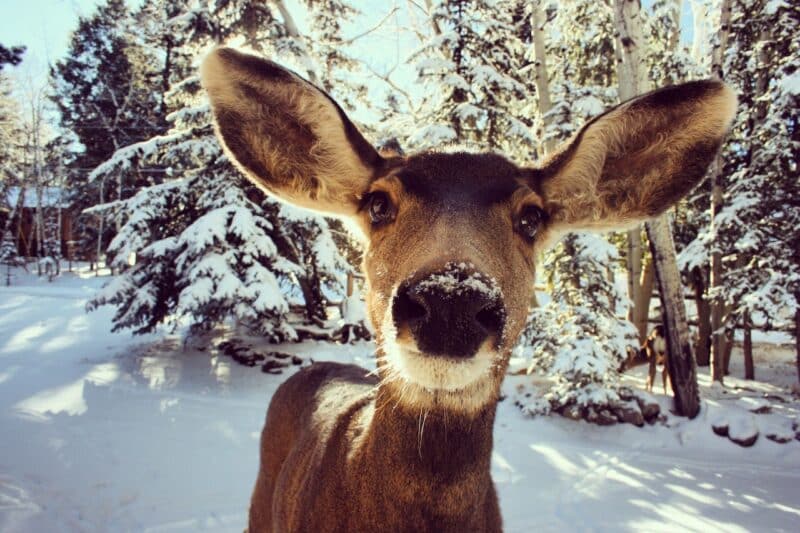
The issues affecting the wild populations of many endangered animals in Colorado differ for terrestrial and aquatic species. However, there is an underlying similarity in that both overexploitation and habitat degradation are recurring factors.
For instance, Colorado has about 38 reservoirs from the impoundment of rivers like the Colorado, Arkansas, and San Juan rivers. These rivers are habitats for endangered freshwater species, and water depletions in these areas affect animals downstream.
Mountain ranges like the Rockies that houses many terrestrial and alpine animals are also under undue pressure. Climate change also plays its part by altering the pattern and longevity of seasons, disturbing many species’ established lifestyles.
Similarly, road creation between wildlife habitats for commercial and recreational use means animals now have to navigate highways with humans and livestock. This often results in harmful encounters with wildlife.
Endangered Animals In Colorado
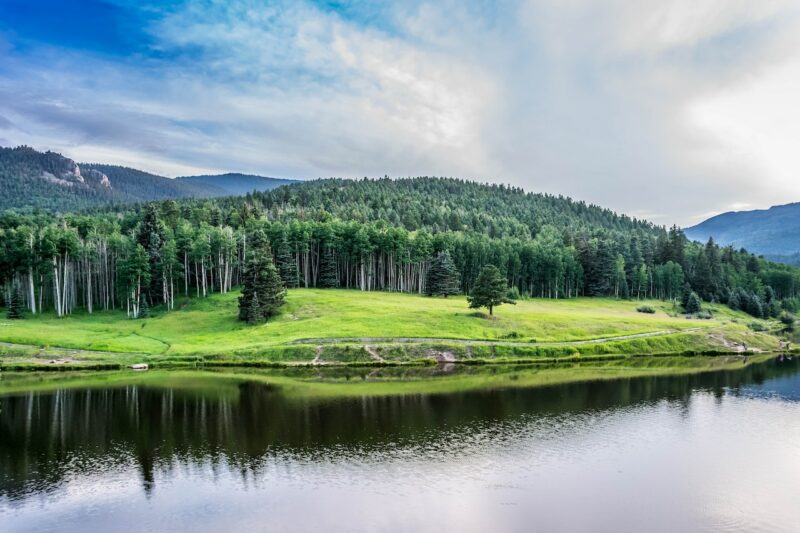
In light of the many threats facing endangered animals in Colorado, in this article, we’ll be profiling 15 animals considered endangered that are found in Colorado.
Notably, some of these animals may not be classified as endangered by federal or international standards.
However, their occurrence or lack thereof has warranted state agencies to classify them as such in Colorado.
The 15 Most Endangered Animals in Colorado
#15 Greater Sage Grouse
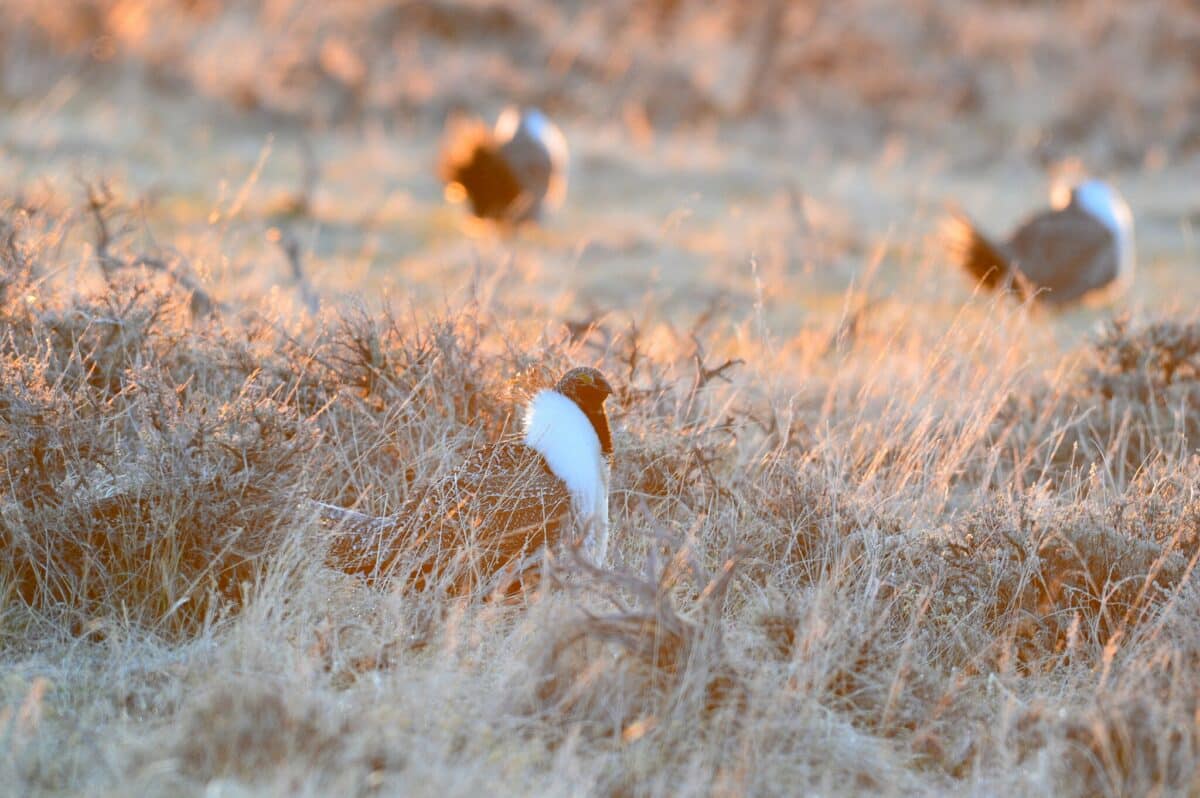
This animal is the largest grouse species found in North America. It gets its name from its preferred habitat, the sagebrush steppe of the western United States. They are usually loyal to this ecosystem but may move to meadows with lower elevations during winter.
Specifically, the sagebrush provides cover from predators and suitable shade for nesting sites. They also feed largely on sagebrush because, unlike other birds, they lack a muscular gizzard to digest seeds. But they may supplement their diet with insects if the opportunity arises.
During mating season, male birds of this species gather in leks to compete and attract females using elaborate courtship displays.
This bird’s historical range covered sixteen American States and three Canadian provinces. Yet, by 2012, the Canadian population had reduced by 98%, and they are now found in only a few US states. The population decline has been due to upland hunting by humans and predatory species within their range.
#14 Boreal Toad
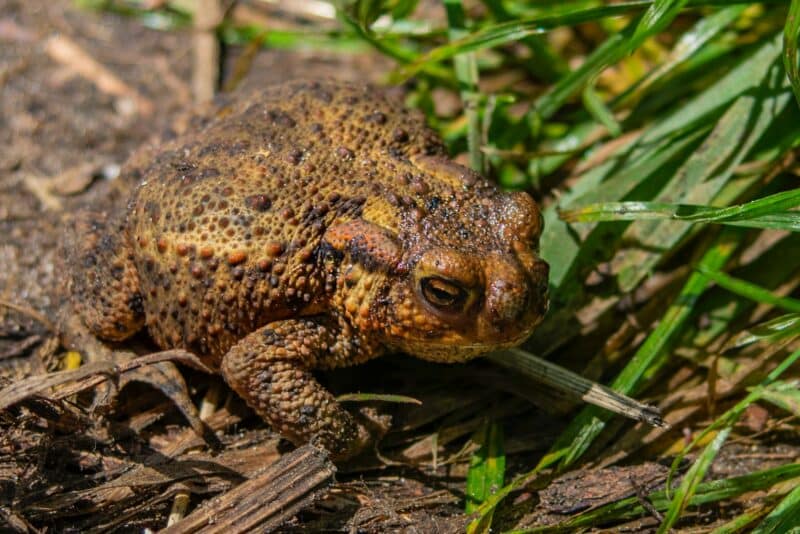
The boreal told is an alpine toad species found in high-altitude wet habitats in the western United States. It is the only alpine toad in Colorado and is often found in shallow lakes and ponds.
Unlike other male toads, male boreal toads lack a vocal sac, so they have no mating call. Their skin color may alternate between green and brown depending on weather conditions.
These amphibian’s numbers have been greatly affected by the chytrid fungus, which feeds on their skin’s keratin, causing keratosis. Chytrid fungus kills off about 5% of the boreal toad population annually.
Although they’ve been attempts to introduce boreal toads to previously occupied locations, translocation of this species has largely been unsuccessful. As a result, they are listed as endangered animals in Colorado and neighboring New Mexico.
#13 Bonytail chub
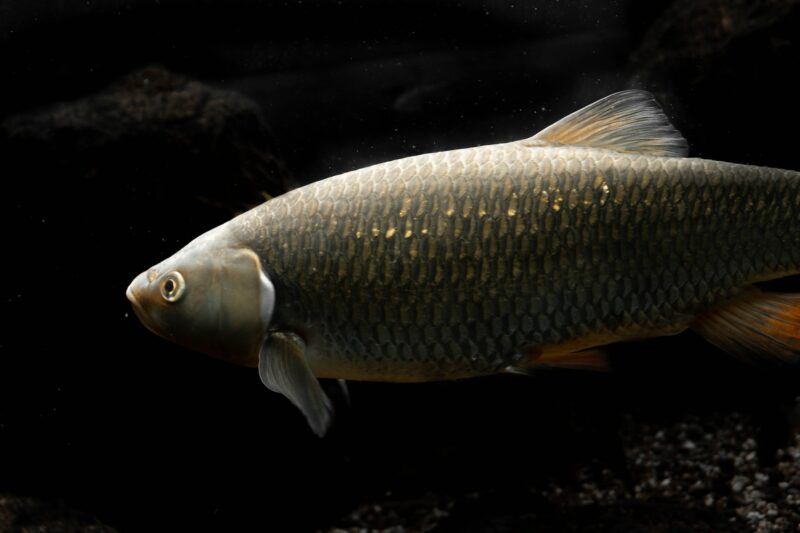
Regardless of habitat, ponytail chubs are one of the endangered animals in Colorado to have seen the sharpest population decline. They were the first species native to the Colorado River basin to experience the ecological effects of the Hoover Dam construction.
These fish are found in seven US states and two Mexican states but have since been extinct from Mexico. Although these fish grow only up to two feet at full maturity, they are long-lived, aging up to fifty years. Even at that, the bonytail chub population continues to reduce.
Accordingly, they have been listed as endangered by the US Fish and Wildlife Service (USFWS) since 1980. The International Union for Conservation of Nature (IUCN) also lists them as critically endangered since 1986.
#12 Preble’s Meadow
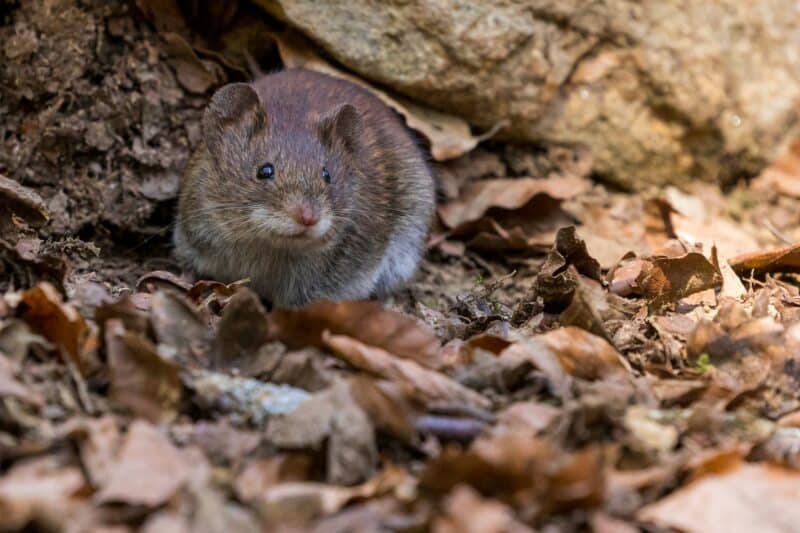
Preble’s meadow jumping mouse is a specie of jumping mouse endemic to Rocky Flats National Wildlife Refuge in Colorado. They’ve also been found in some upland counties in Wyoming.
These mice are around nine inches long with a long tail and hind legs that enable them to jump in bounds of up to four feet when threatened. Unlike most mice, they hibernate for much of the year. Sometimes as long as eight months, this hibernation usually occurs between September and June.
As a result, they have a short breeding season that is thought to last from June through August. Their populations have largely declined due to habitat damage from flooding, but post-flood reconstruction by conservationists has enhanced surviving populations.
#11 Uncompahgre Fritillary
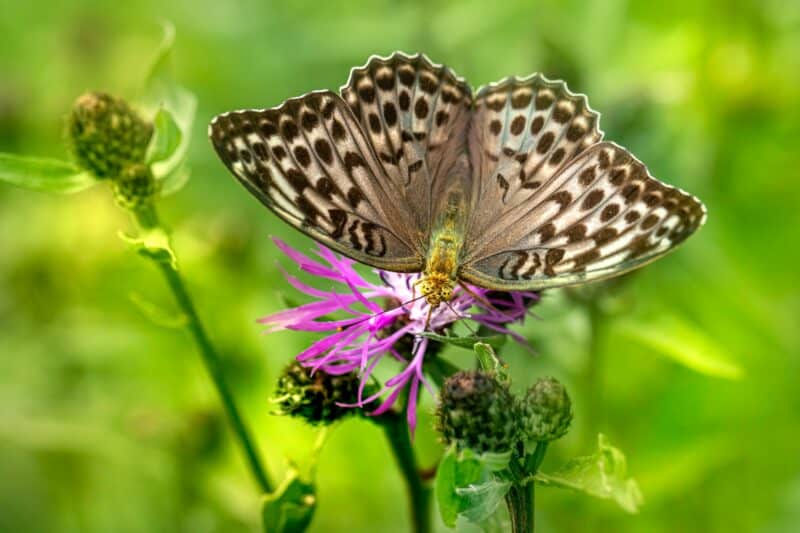
These butterflies were recently discovered in 1978 in Colorado, and it has been found nowhere else since. It gets its name from the Uncompahgre Peak in the Rocky Mountains, where it was first encountered.
Since its discovery, small populations have been found in Colorado’s San Juan Mountain and Sawatch range. Still, this butterfly has one of the smallest known ranges of any North American butterfly.
These insects are specialist species, depending on the Snow Willow plant to survive. They feed on these plants and also lay their eggs on their leaves.
The Uncompahgre butterfly was on the edge of extinction before being added to the IUCN endangered species list in 1991. Since then, increasing populations have been found in native regions but not in adequate numbers to warrant delisting.
Possible threats encountered by this species include livestock grazing, climate change, and lack of genetic variability due to dwindling populations.
#10 Lesser Prairie Chicken
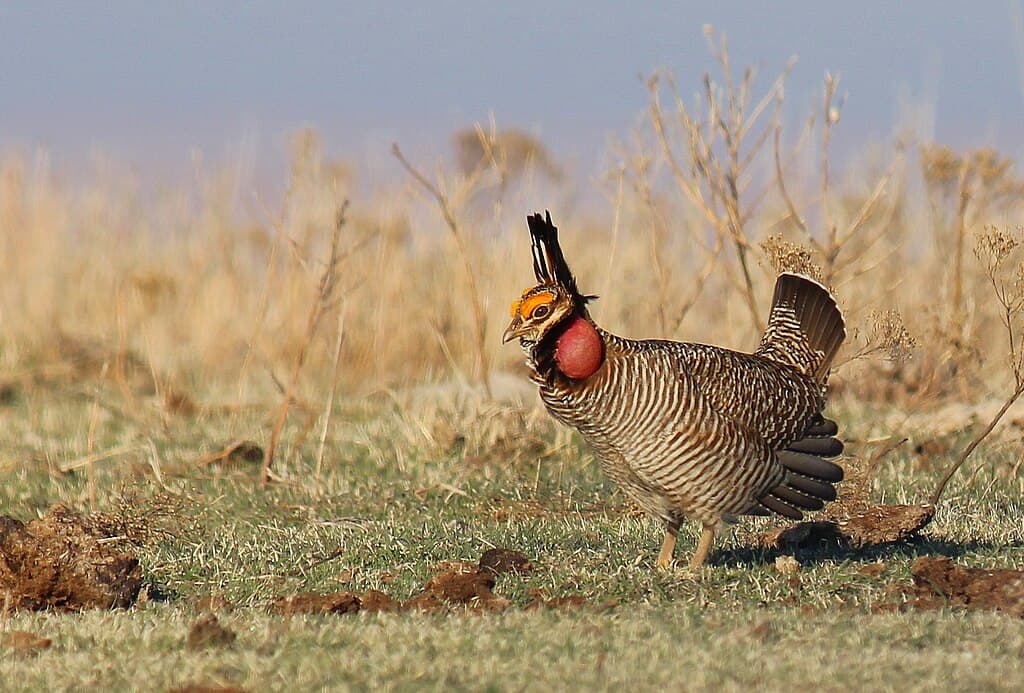
The lesser Prairie chicken is a smaller and less vividly colored relative of the greater prairie chicken. They are members of the grouse bird family. But unlike sagebrush grouse, they are found in open prairie grasslands rather than sagebrush steppe.
They are also prominent for their lekking behavior during mating season. Lesser Prairie chickens are native to the prairies and sandhills of Colorado, Kansas, Oklahoma, and New Mexico.
Due to this restricted range, these birds are vulnerable to habitat destruction. Their range has been reduced by 85%, and their population has reduced by 99% in these damaged areas. This necessitated the recent addition of this species to the endangered species list in 2014.
#9 Razorback Sucker
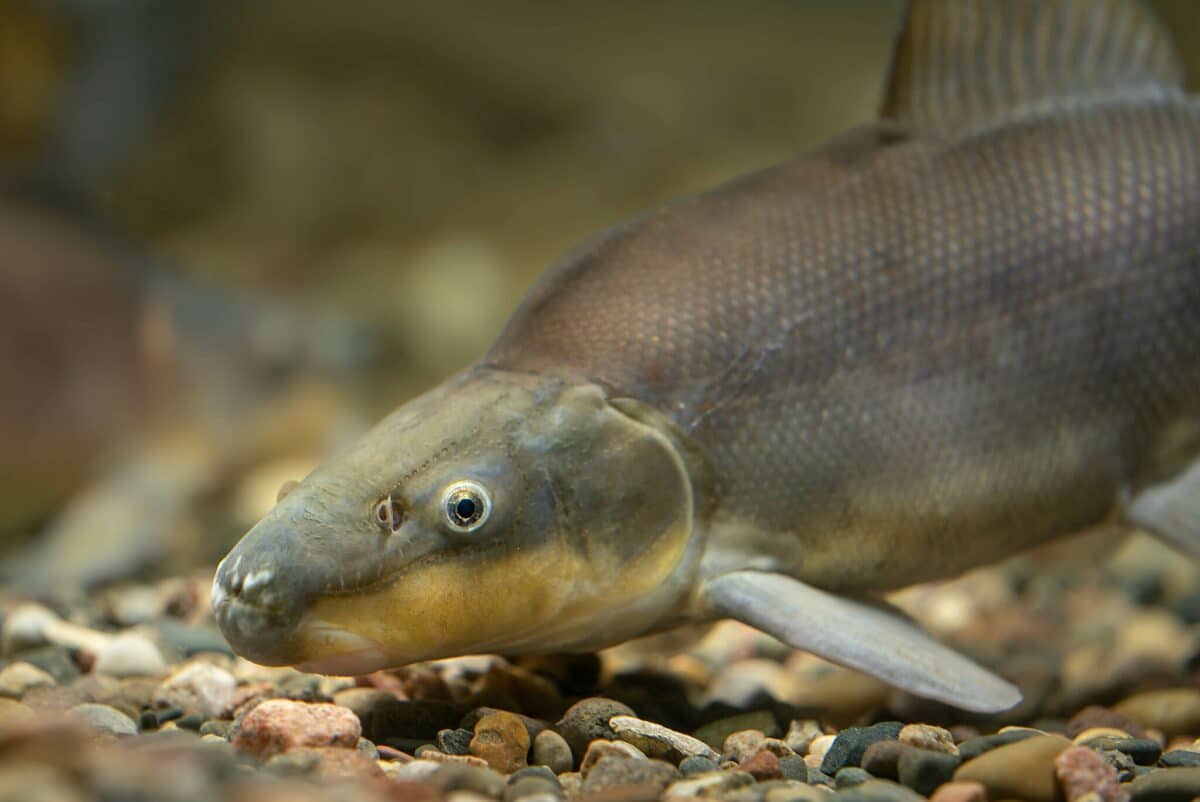
Named for the sharp-edged bump on their backs, razorback suckers are fish native to the Colorado River basin. This fish can live more than 40 years and grow up to three feet, weighing 6kgs.
They inhabit medium to large water bodies, preferring areas with sandy, muddy, or gravel bottoms. Besides, these fish try to stay at water depths where ultraviolet light can’t penetrate. However, they move to the shallow parts of rivers during the breeding season.
Razorbacks were once found as far south as the Gila River in Arizona, but commercial fishing, damming, and predation have now restricted them to the upstream of the Grand Canyon. Conservation efforts are taking place to increase the range of these endangered animals in Colorado by introducing them to other States and Counties along the Colorado River basin.
Consequently, genetically diverse populations are raised in hatcheries and introduced into the freshwater ecosystem.
#8 San Joaquin Kitfox
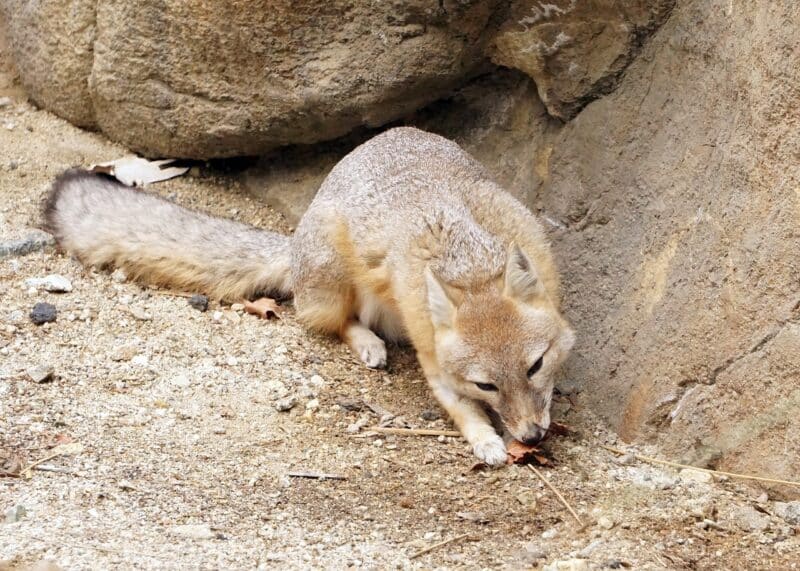
The San Joaquin Kit Fox is a subspecies of kit fox found in arid and semi-arid regions of the United States. Specifically, these foxes were native to the San Joaquin Valley in California and the grasslands of the southwestern US.
They are one of the smallest canine species in North America, growing only up to 53cm with an average width of 2.5kg.
Although the nominate species is abundant throughout its range, San Joaquin foxes have been on the endangered species list since 1967. Even after fifty years, there’s still not been a significant population improvement.
Factors influencing their population stagnation include competition by red foxes and habitat degradation. Scabies have also been a significant threat, putting many isolated populations in peril.
#7 Pawnee Montane Skipper
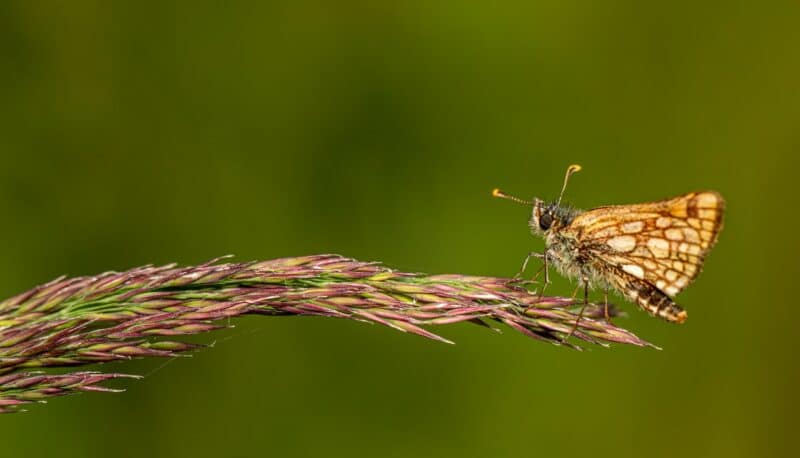
The Pawnee montane skipper is a subspecies of the Leonard skipper butterfly. Unlike other members of their species which are found all over North America, pawnee montane skippers are endemic only to the South Platte river drainage of Colorado.
It has a wingspan of 2.5cm and distinct brownish-yellow colors. Adult butterflies survive on the nectar of the musk thistle and prairie gayfeather plant. Yet, their preferred host plant for their larvae is the blue gamma grass.
Currently, these subspecies face more threats from limited numbers than environmental factors. Their limited population reduces genetic variability, thus putting future generations at a further disadvantage. Also affecting their population are residential development, insecticide use, and wildfires burning larval host plants.
#6 Mexican Spotted Owl
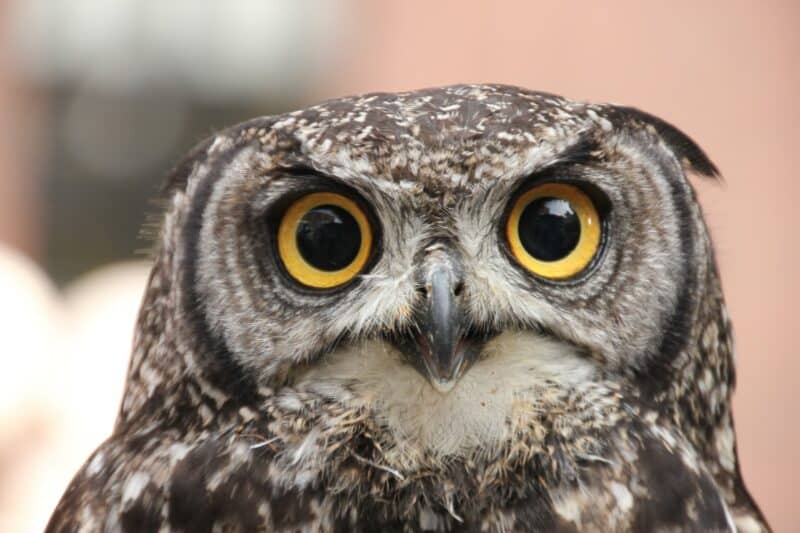
Found in hollow tree trunks from the southern Rocky Mountains in Colorado, south to Mexico, is the Mexican spotted owl. This species is closely related to the Californian and Northern spotted owl, but their plumage and geographic range distinguish them.
They are natural predators, feeding on mammals and other birds using ambush techniques in the cover of darkness.
Mexican spotted owls are monogamous creatures, forming long-term pair bonds with chosen mates. Though prenatal care is divided, females care for the young while males forage for food.
These birds are considered endangered animals in Colorado and Utah and threatened by the Mexican and US governments. Logging has been a major threat to their survival, as well as low fertility rates and short breeding seasons.
#5 Greenback Cutthroat Trout
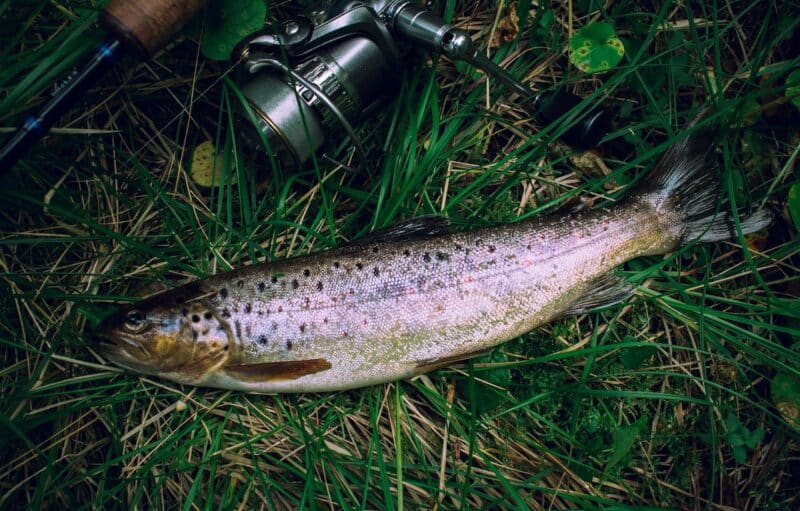
These trout fish are known for their large green spots. Similar to all cutthroat trouts, they have red coloration on the underside of their jaw and cheek. They weigh about 4.5kg and have a maximum size of 18in.
Greenback cutthroats once spread throughout Colorado and Wyoming but are now found in less than 1% of their historic habitat. They are currently listed as threatened under the United States Endangered Species Act.
These fish are one of the few endangered animals in Colorado to be adopted as an official state animal. Consequently, they’ve been the official state fish of Colorado since 1994.
#4 Burrowing Owl
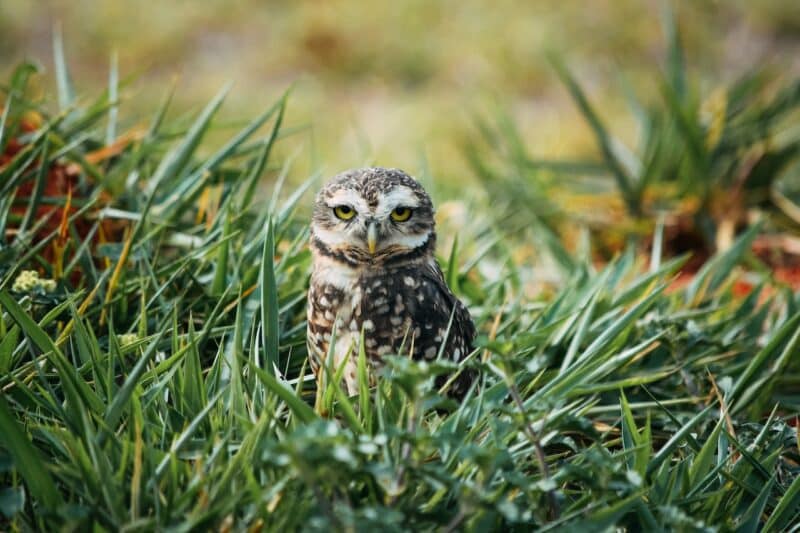
Colorado’s prairie grasslands and deserts are home to the burrowing owl. These birds are small and have evolved long legs to run across the open landscape, which they are endemic.
Although not adept at digging burrows, they get their name from their preference for roosting and nesting in burrows created by small mammals like squirrels and prairie dogs or man-made crevices like abandoned pipes.
In contrast to most owls, burrowing owls can be active during the day, but they hunt mostly at night.
The primary threat responsible for their population decline is habitat loss. Unfortunately, their dependence on mammalian burrows for survival means reduced burrowing mammal populations negatively impact them. As a result, these birds are listed as endangered animals in Colorado, Florida, California, Canada, and Mexico.
#3 Humpback Chub
Humpbacķ chubs are critically endangered animals in Colorado’s river systems. This fish species gets its name from the prominent anterior hump between its head and dorsal fin. This protrusion gives humpback chubs a more streamlined body than most fish, helping them navigate fast currents in their habitat.
Another aspect of their biology that helps them adapt to swift currents is that they are scaleless along the lateral line.
Historically, they were found in Colorado River tributaries in Colorado, Arizona, Utah, and Wyoming, but presently they are restricted to Colorado and Utah. Survival threats they face include; altered water hydrology from cold reservoirs and invasive species competition.
#2 Yellow Mud Turtles
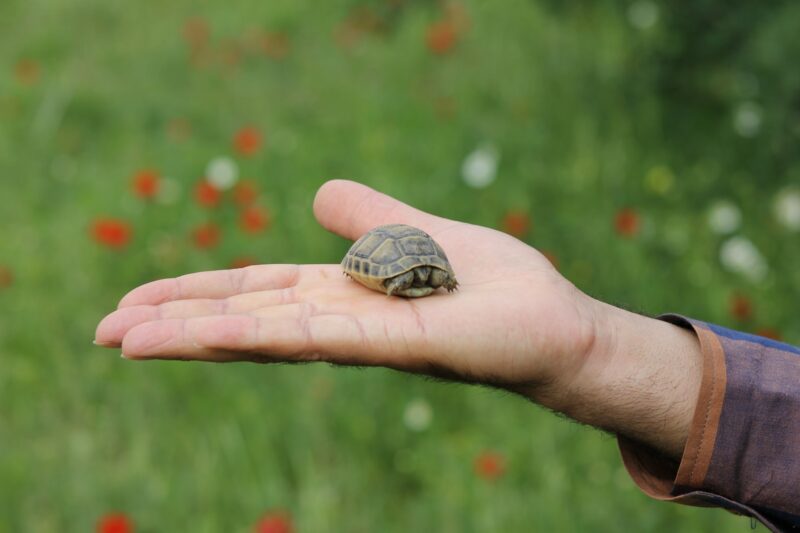
Commonly known as the yellow-necked mud turtle, these turtles are endemic to the central United States and Mexico. These reptiles forage on land and water but are well-adapted to shallow ponds, where they can easily burrow for hibernation.
Although their diet consists largely of aquatic animals, they may also feed on plants and decaying carcasses.
Despite remaining ubiquitous in other states, low population numbers due to disease and habitat degradation in formally inhabited areas mean these species are listed as endangered animals in Colorado.
#1 North American Otter
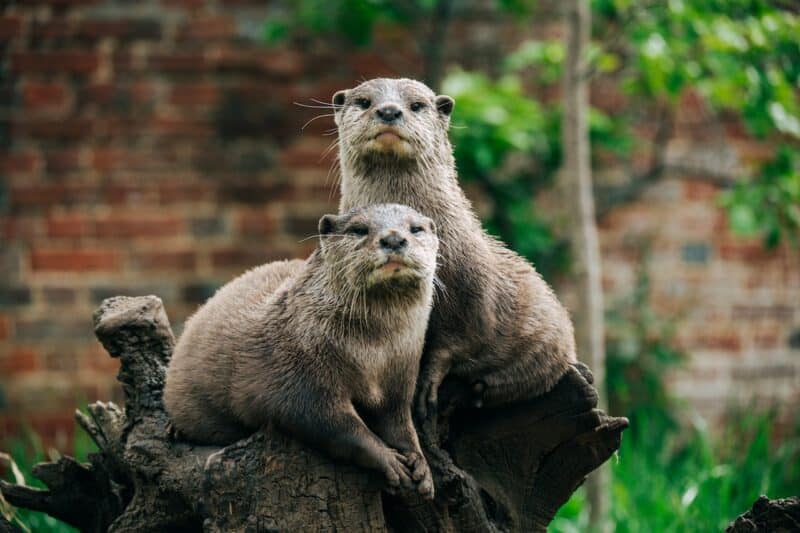
As its name suggests, the North American otter is endemic only to the North American continent. They can be found around inland waterways and coastal areas living in burrows that lead from land to water.
They need such burrows for survival as they are a semi-aquatic species.
Their water-repellent fur insulates and protects them from frigid waters during winter.
Similar to other mustelids like weasels and ferrets, North American otters are predatory, feeding on both aquatic and terrestrial prey.
River otters are high up the food chain in their ecosystem; still, they face constant survival threats from predation, water pollution, and hunting by people looking to collect their valuable fur.
Summary on 15 Animals that are on the brink of Extinction in Colorado
As you can see there are many different Animals that are endangered in Colorado.
We hope you enjoyed reading about 15 Animals that face Extinction in Colorado. Also, have a look at our other Wildlife in Colorado articles.
Join our Forum for free today!

- These are The 5 Largest Great White Sharks Ever Recorded - July 19, 2024
- The Surprising Benefits of Big Game Hunting - July 18, 2024
- $100k+ Hunting Experiences The Most Expensive Animals to Pursue - July 17, 2024

